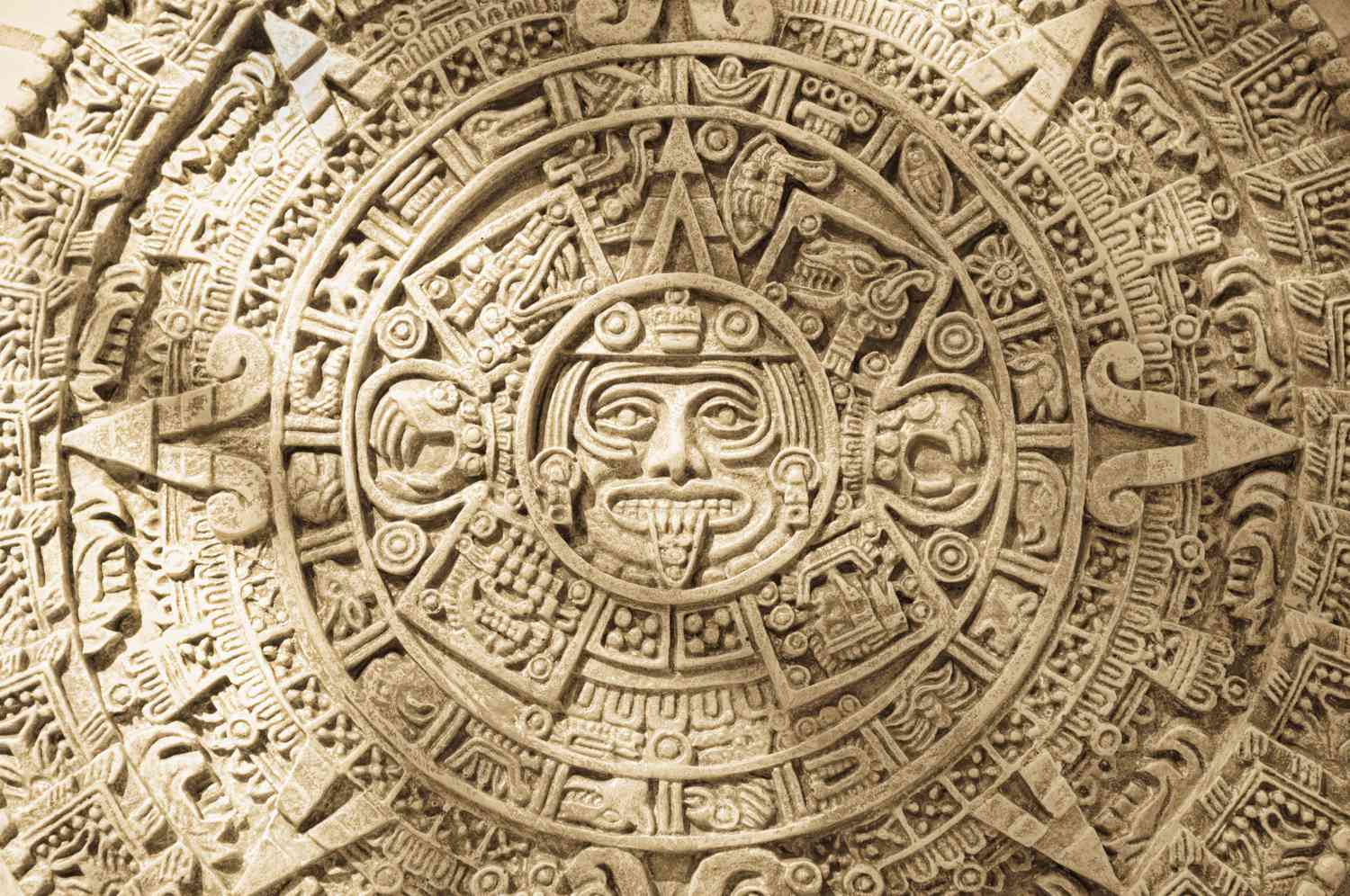
Ever wondered what made the Aztecs so fascinating? This ancient civilization, thriving in central Mexico from the 14th to 16th centuries, left behind a legacy that still intrigues historians and enthusiasts alike. Known for their impressive architecture, intricate social structures, and advanced agricultural techniques, the Aztecs were a powerhouse of innovation and culture. Their capital, Tenochtitlán, was a marvel of engineering, built on an island in Lake Texcoco. The Aztecs also had a rich pantheon of gods, with rituals and ceremonies that played a crucial role in their daily lives. From their unique calendar system to their fierce warriors, the Aztecs' contributions to history are both profound and captivating. Ready to dive into 23 amazing facts about this incredible civilization? Let's get started!
The Rise of the Aztec Empire
The Aztec Empire, known for its rich culture and powerful influence, dominated central Mexico from the 14th to the 16th century. Here are some fascinating facts about this ancient civilization.
- The Aztecs called themselves the Mexica. Their name for their homeland was Tenochtitlan.
- Tenochtitlan, their capital, was built on an island in Lake Texcoco. It had a complex system of canals and causeways.
- The Aztec Empire was a triple alliance between Tenochtitlan, Texcoco, and Tlacopan.
- Huitzilopochtli, the god of sun and war, was their primary deity. They believed he required human sacrifices to keep the sun moving.
- The Aztecs spoke Nahuatl, a language still spoken by around 1.5 million people in Mexico today.
Aztec Society and Culture
The Aztecs had a highly structured society with a deep appreciation for art, education, and religion. Let's dive into some intriguing aspects of their culture.
- Education was mandatory for all children, regardless of social status. Boys and girls attended separate schools.
- The Aztecs created intricate codices, or books, made from bark or animal skins. These contained records of their history, religion, and daily life.
- They played a ceremonial ball game called tlachtli. The game had religious significance and sometimes ended in human sacrifice.
- Chocolate was highly valued. They made a bitter drink from cacao beans, often flavored with spices.
- Aztec art included pottery, sculptures, and featherwork. Feathers from exotic birds were used to create elaborate headdresses and shields.
Aztec Innovations and Achievements
The Aztecs were not only fierce warriors but also brilliant engineers and innovators. Here are some of their notable achievements.
- They developed a sophisticated calendar system with two cycles: a 365-day agricultural calendar and a 260-day ritual calendar.
- Chinampas, or floating gardens, were used to grow crops on the lake. These man-made islands increased agricultural productivity.
- The Aztecs built impressive pyramids and temples. The Templo Mayor in Tenochtitlan was one of the most important religious sites.
- They had an advanced system of aqueducts to supply fresh water to their cities.
- The Aztecs used a form of hieroglyphic writing to record information. Their symbols represented sounds, objects, and ideas.
The Fall of the Aztec Empire
The Aztec Empire's decline was swift and dramatic, largely due to the arrival of Spanish conquistadors. Here are some key events leading to their downfall.
- Hernán Cortés led the Spanish expedition that ultimately conquered the Aztecs. He arrived in 1519.
- The Aztecs initially believed Cortés might be the god Quetzalcoatl returning, which delayed their response to his arrival.
- Montezuma II was the emperor during the Spanish conquest. He was captured by Cortés and later died under unclear circumstances.
- The Spanish brought smallpox, which devastated the Aztec population. The disease killed more Aztecs than the battles did.
- The final siege of Tenochtitlan lasted for 93 days. The city fell to the Spanish on August 13, 1521.
Legacy of the Aztecs
Despite their fall, the Aztecs left a lasting legacy that continues to influence Mexican culture today. Here are some ways their impact is still felt.
- Many modern Mexican traditions have roots in Aztec culture, including the Day of the Dead.
- The Mexican flag features an eagle perched on a cactus, a symbol derived from an Aztec legend about the founding of Tenochtitlan.
- Aztec mythology and stories are still taught and celebrated, keeping their rich history alive for future generations.
The Aztec Legacy Lives On
The Aztecs left a mark on history that still fascinates us today. Their innovations in agriculture, architecture, and astronomy were ahead of their time. The Aztec calendar, for instance, was incredibly accurate and complex. Their art and culture continue to inspire modern artists and historians alike.
Despite their empire's fall, the Aztec influence remains visible in Mexico's culture and traditions. From language to cuisine, many aspects of Aztec life have woven into the fabric of modern society.
Understanding the Aztecs helps us appreciate the richness of human history and the ingenuity of ancient civilizations. Their story is a reminder of the incredible achievements possible through innovation, resilience, and creativity. So, next time you enjoy chocolate or marvel at a pyramid, remember the Aztecs and their lasting legacy.
Was this page helpful?
Our commitment to delivering trustworthy and engaging content is at the heart of what we do. Each fact on our site is contributed by real users like you, bringing a wealth of diverse insights and information. To ensure the highest standards of accuracy and reliability, our dedicated editors meticulously review each submission. This process guarantees that the facts we share are not only fascinating but also credible. Trust in our commitment to quality and authenticity as you explore and learn with us.


